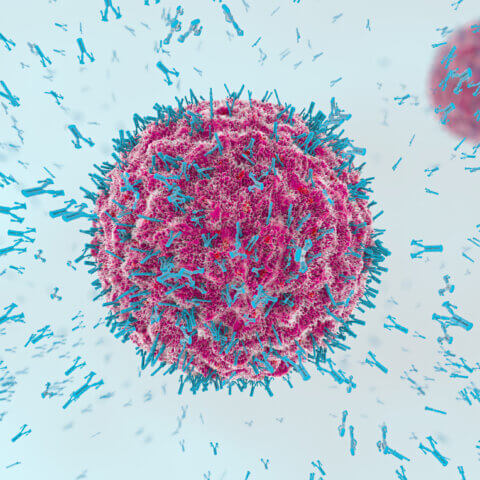In March 2019, the FDA released draft guidance on the design and implementation of natural history studies to support the development of safe and effective treatments for rare diseases. The document, Rare Diseases: Natural History Studies for Drug Development,[1] addresses one of the major challenges sponsors encounter when developing therapies for rare disease: the lack of natural history data to guide the design of successful clinical trials.
Value of natural history studies
The natural history of a disease is the course it takes in the absence of investigational intervention. To gain insight into this, investigators conduct observational studies designed to follow the course of the disease. The objective of these studies is to identify demographic, genetic, environmental, and other factors that correlate with the development and outcomes of the disease.
Natural history studies can play an important role in drug development from discovery to clinical trial design. They can be used for:
- Identifying the patient population. This is useful in rare diseases which typically exhibit substantial genotypic and/or phenotypic heterogeneity.
- Identifying or developing clinical outcome assessments. Natural history studies can be an appropriate setting for the validation of disease-specific scales and functional assessments. Such validation is critical given the focus on therapeutic value as it relates to marketing approval and reimbursement.
- Identifying or developing biomarkers. If robustly validated, these biomarkers can serve as primary or surrogate endpoints in clinical trials.
- Serving as non-concurrent comparator arms in externally controlled studies. Natural history models can, in some cases, serve as non-concurrent comparator arms for studies where it may be infeasible to randomize patients to placebo. This use has to be approved by the appropriate regulatory agencies, and this permission is granted only rarely — such as in the case of very small patient populations.
The benefits of natural history studies may go beyond drug development to include establishing communication pathways with patients, care partners, and advocacy organizations; identifying disease-specific centers of excellence; facilitating the understanding of current standard of care; and identifying opportunities to improve patient care.
Types and timing of natural history studies
There are two types of natural history studies: retrospective and prospective. Retrospective studies are often the first steps in collecting natural history information, but they may be limited by factors that affect their utility. Prospective studies can address many of these limitations, but they generally require more time. The draft guidance includes an outline of what is expected in terms of study protocol and design, data elements, and research plans and how to relay this information to and interact with the FDA.
The FDA guidance also indicates attention should be paid to the timing of natural history studies in the development process. The document includes a discussion of the pros and cons of implementing natural history studies at different stages of the clinical development plan.
Collaboration with patients, caregivers, and clinicians
The FDA recommends that sponsors collaborate with disease-specific support groups or patient advocacy groups. In addition, the agency advises that sponsors obtain input from patients, caregivers, and clinicians with expertise in caring for patients with the target rare disease. This input helps ensure that the selected clinical outcomes assessments are both fit for regulatory and valid assessments of the important, relevant aspects of the disease.
Most rare diseases still have no approved therapies, presenting a significant unmet public health need. At Premier Research, we are pleased to see the FDA reinforcing the message that clinical research should be happening with patients and their care networks, not just happening to them. As our new Patient and Stakeholder Engagement (PASE) function attests, we believe that engaging patients and their caregivers as equal partners in the clinical development process is invaluable for discovering, developing, and ultimately bringing to market treatments with meaningful impact to patients and their loved ones.
[1] Source: U.S. Food and Drug Administration. Rare Diseases: Natural History Studies for Drug Development—Draft Guidance, Published March 2019. Available at https://www.fda.gov/downloads/Drugs/GuidanceComplianceRegulatoryInformation/Guidances/UCM634062.pdf.




